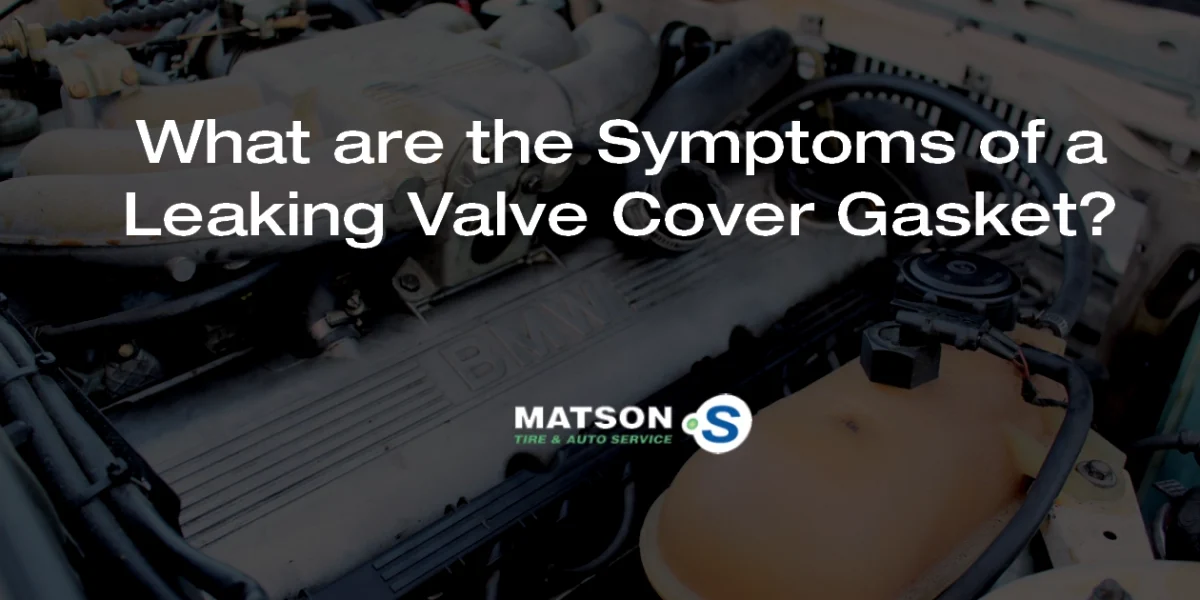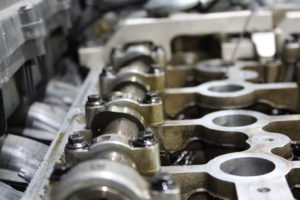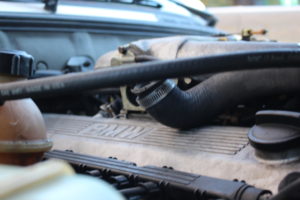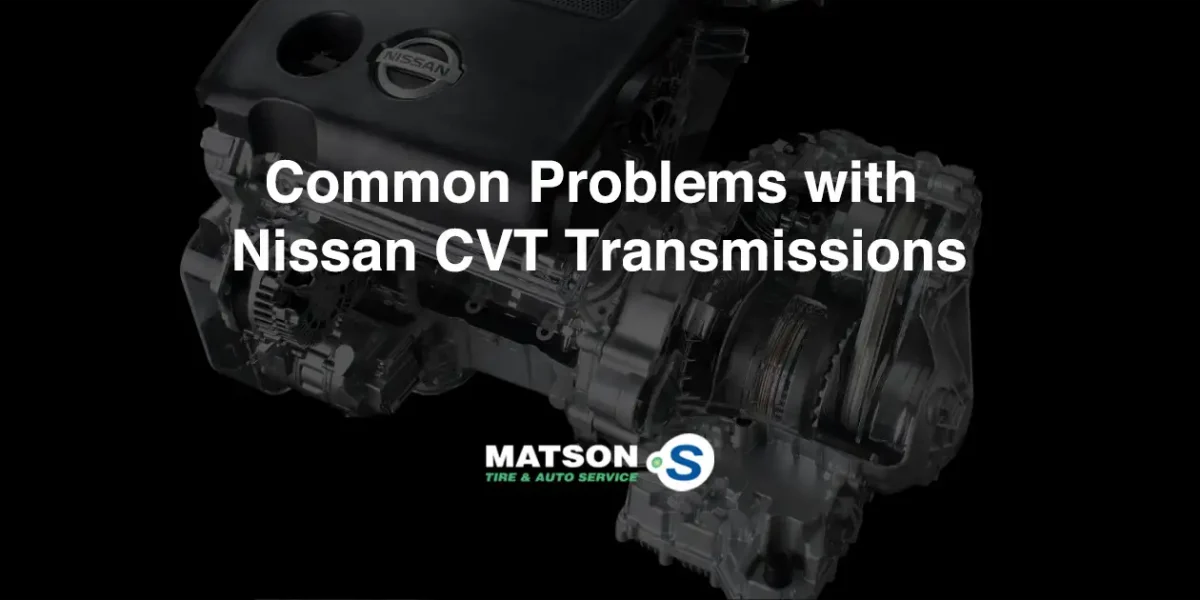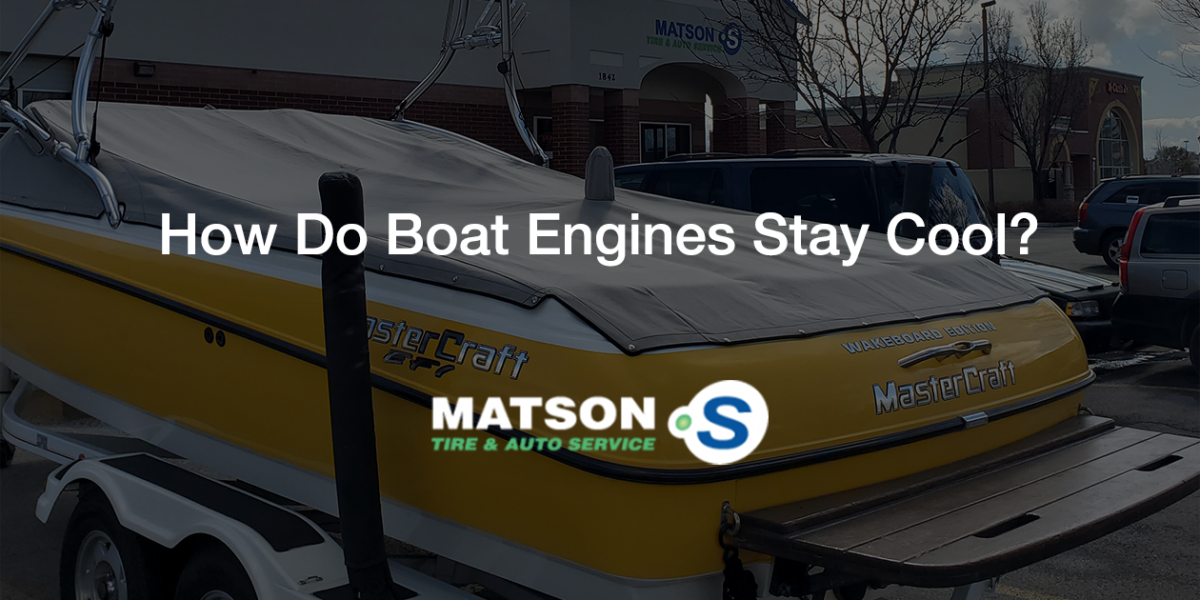Ford’s modular engine platform of the 1990s and 2000s was the catalyst for some of the most powerful and widely used gasoline V8 and V10 engines of the day. One of these engines that came as a result of the modular platform was the 5.4 Triton, a V8 that Ford used primarily in trucks. Variations of it also appeared in legendary cars such as the Ford GT500, Ford Mustang Cobra R, and the Ford GT in a modified form.

One of the common issues of the modular platform was its tendency to blow out spark plugs. This issue happened the most on the 5.4 Triton from 1997 to 2003. During this era, the motor commonly powered the F-Series pickups, E-Series vans, and the Expeditions/Navigators. The engines built past that point were much less susceptible to the problem, but are still known to have the issue in some instances.
During driving, the spark plugs could eject themselves from the engine. This can cause major damage to the cylinder head and spark plug port threads, and leave the driver stranded with an expensive repair.
Why Did the Spark Plugs Blow Out?
The problem stems from the threads themselves. The spark plugs Ford used on these engines didn’t have enough threads, and the threads they did have were soft and weak, meaning that the pressure from the combustion was able to blow the plugs out of the engine. Ford later tried to remedy this issue by adding more threads, but there have been instances of post-’03 Tritons blowing out their spark plugs as well.

What Can I Do to Prevent It?
While there hasn’t been much evidence one way or another, Ford does recommend sticking with Ford Motorcraft brand spark plugs during replacement, but the issue has still been commonly seen in the trucks that come with OEM Ford plugs from the factory.
The best way to avoid it is just regular spark plug service and commonly checking the torquing of the plugs, as loose spark plugs accelerate the issue.
Ford recommends a method of repair for the cylinder head that prevents the issue in the future, but this can only be done if the problem has already happened.
When Should I Service my Triton’s Spark Plugs?
Ford recommends spark plug service for 5.4 Tritons around the 100,000-mile mark, but checking the torque specs of the plugs most frequently can help prevent the ejection issue.
The spark plugs on Triton motors post ‘03 can be more troublesome than their infamous predecessors during service. The 2-piece design was supposed to alleviate previous issues, but this led to carbon build-up in the gap between the plug and the cylinder head causing the plugs to often break when being removed. These broken plugs would then be stuck in the cylinder head and be extremely difficult to get out.
Because of this, spark plug service for the Tritons from 2004-2008 should be done more frequently. This gives the carbon less time to build up and cause problems.
Spark Plug Service at Matson Point S
If you’re looking to buy a Triton powered vehicle, we recommend taking it to a professional for a pre-purchase inspection to make sure your new truck doesn’t send a spark plug flying. If you own one already, regular service and torquing of your plugs are essential to keeping it on the road.
Luckily, Matson Point S in Riverton, Utah has you covered! Our ASE-certified technicians have many years of experience working on Ford engines and can service or inspect them to the highest quality.
Call or schedule an appointment online today to meet with our team and keep your vehicle running healthy!


